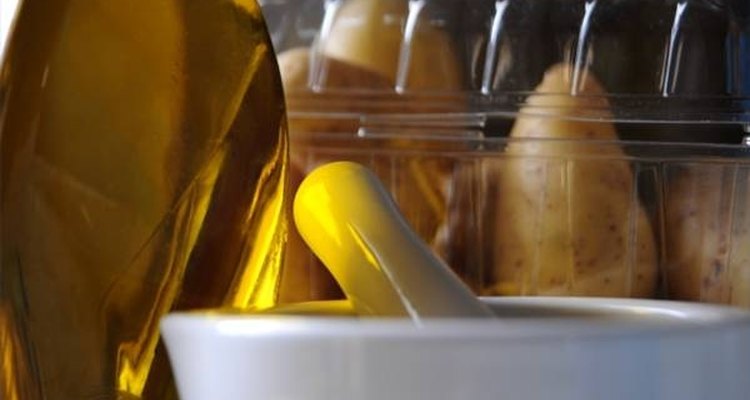
Free Stock Photos for websites - FreeDigitalPhotos.net
, morgueFile.comMaking you own essential oils is possible and relatively simple, though the right solvent and procedure to extract the oils is necessary for a successful batch. While it may take practice to get the exact quality of essential oil that you want, the method is straight-forward and moderately forgiving. Learn what you need to do here and now to become an expert laboratory technician of oil extraction.
Put the plant matter in a bowl and mash it up. Plants such as basil, thyme, lavender, even the peel off a lemon can be used. Place about five of the same plant tops and stems with their leaves (if appropriate) into a bowl. Mash them so that every stem and leaf has a cut opening to its inside juice. The overall effectiveness of your finished product can be guaranteed by the consistent and thorough pulverizing of your plant matter.
Pour the acetone solvent in the bowl containing the plant mash. Be sure that all parts of the plant mash are completely covered by the Acetone.
Store your bowl of "solution" in a well-ventilated, cool place---preferably outside. While it is important that your solution stays cool to do its magic, be certain it is also sheltered from direct sunlight, flying insects and other such typical outside irk. A screened porch can be the perfect solution for your solution. Wait 1 week.
Filter the mash after the week waiting period. Take the cheesecloth and cover the opening of the bowl with it. Gently separate the plant matter from the liquid by pouring the liquid substance into another bowl. You should have two liquids now, one on top of the other.
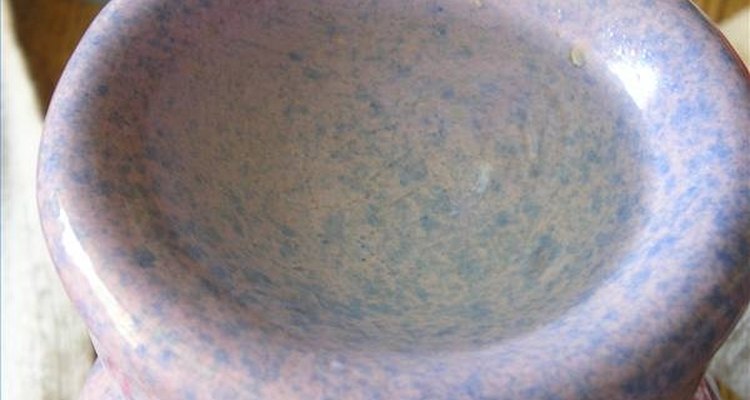
Draw off the top liquid oil using the rubber tube siphon. This top oil is the essential oil. You may even siphon off the bottom half of the two-tone liquid---which is the left-over water and whatever impurities that were present in the solution during its process time.
Related Articles

How to Extract Oil From Rapeseed
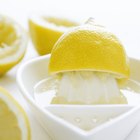
How to Make Lemonade by Boiling the ...

How to Discard Expired Cooking Oil

Eucalyptus Oil & Acne

How to Extract Eucalyptus Oil
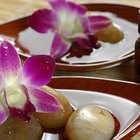
How to Make Aromatherapy Oil for a ...

What Happens When Oil Reacts With ...
How to Steep a Lemon

Carrot Oil for Acne

How Long Does Aloe Vera Juice Last in ...
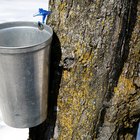
How to Cook Down Maple Sap

How to Dilute Patchouli Oil

Cold Pressed vs. Expeller Pressed

How to Mix Tahini

How to Cook Carrots Like French Fries

How to make Orange Extract

Uses for Grapefruit Peel

How to Make Men's Cologne

Cooking Oils With Low Smell

The Use of Neem Juice in Skin Care as ...
Photo Credits
Free Stock Photos for websites - FreeDigitalPhotos.net, morgueFile.com